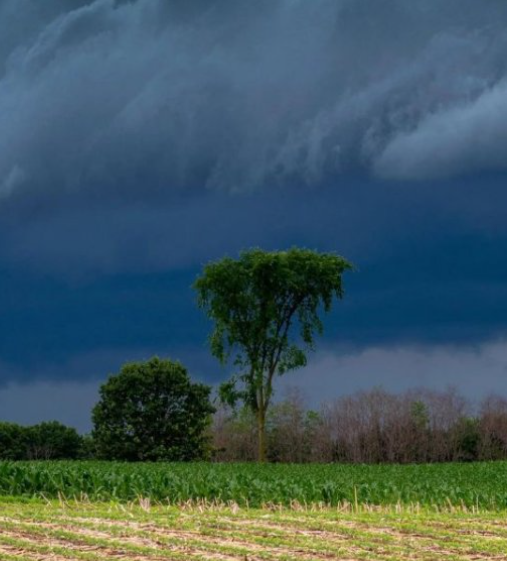Weather plays a central role in shaping the global agricultural economy. From crop yields to supply chain logistics, shifts in climate patterns directly influence the pricing of agricultural commodities. Whether it’s a prolonged drought or an unexpected frost, weather events can disrupt supply, trigger market volatility, and prompt traders and producers to adjust their strategies accordingly.
Understanding Agricultural Commodities
Agricultural commodities refer to raw products derived from farming and livestock. This includes staple crops like wheat, corn, and soybeans; beverage-related crops such as coffee; and livestock products like beef and poultry. These goods are essential to global food systems and are actively traded on commodity exchanges through mechanisms such as spot markets, futures contracts, and options.
How Agricultural Commodities Are Traded
In order to manage risks related to price fluctuations, many farmers lock in prices in advance using futures contracts. These agreements help protect them from unpredictable factors, including weather conditions. Meanwhile, traders monitor market indicators, geopolitical events, and climate trends to make informed decisions on when to buy or sell.
The Role of Weather in Commodity Pricing
Weather has a direct and often immediate impact on agricultural productivity. Severe conditions—whether excessive or insufficient—can damage crops and limit supply, which in turn drives prices up. Here’s a closer look at how specific weather events influence markets:
- Drought Conditions
Extended dry spells reduce crop yields, leading to lower supply and increased prices for grains such as corn, wheat, and soybeans. - Excessive Rainfall
Heavy rains may cause flooding, damaging crops and delaying harvests. These disruptions reduce supply, resulting in tighter markets and higher prices. - Unexpected Frost
Cold snaps, particularly those occurring outside the normal seasonal window, can severely impact temperature-sensitive crops like coffee and citrus fruits. The resulting damage often causes price surges. - Storms and Hurricanes
High winds and flooding from major storms can destroy infrastructure and farmland, creating logistical bottlenecks and halting production. This not only impacts yields but also affects distribution, pushing prices higher. - Wildfires
Fires can destroy crops and grazing land, especially in regions where agriculture borders forested areas. Reduced supply and long-term damage to land quality contribute to price increases.
Getting Started in Commodity Trading
Entering the world of commodity trading involves understanding both global markets and the external factors that influence them—weather being one of the most significant. Traders need skills in risk management, technical analysis, and economic forecasting. A good way to break into this field is by connecting with recruitment firms that specialize in commodity markets, which can provide access to roles in both trading and analysis.
Key Agricultural Commodities in the UK
The UK is recognized for producing several important agricultural commodities. Wheat and barley are key staples—used in everything from baking to brewing and animal feed. Rapeseed is another vital crop, used in cooking oils and biofuels. Potatoes also represent a significant share of UK agricultural output.
Other Notable UK Exports
Dairy products like milk and cheese remain popular exports, thanks to the UK’s high production standards. Beef and lamb, particularly from grass-fed herds, are also in demand globally. These products not only support food security at home but also contribute to the UK’s presence in international markets.
Final Thoughts
As climate patterns continue to evolve, so will their impact on agricultural markets. Understanding how weather affects commodity supply and pricing is essential for farmers, traders, and policymakers alike. With the right insights, stakeholders can better anticipate challenges, seize opportunities, and build resilience in an increasingly volatile environment.
